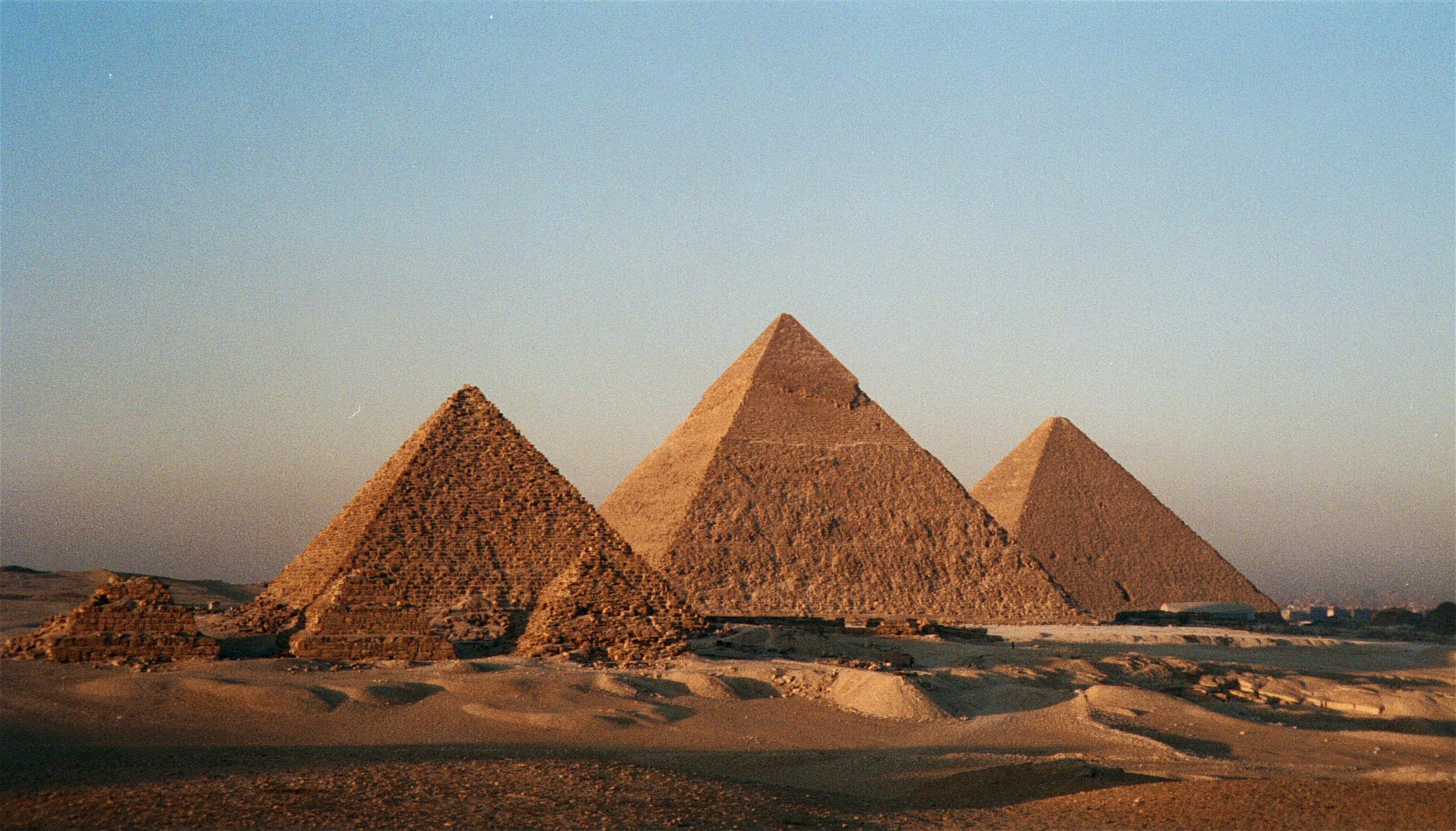4 Ancient River Valley Civilizations

In the ancient times, long before the dawn of the civilizations, human beings roamed the land as hunters and nomads, before settling down to agriculture and other activities and setting up proper civilizations. The ideal location for such civilizations were always river sides ,due the abundant availability of water as well as arable land.
Four such civilizations were set up in four different parts of the world and were precursors to the great civilizations of the later times. Not only they are of great historical value, but gave significant contributions to posterity in the way of innovations and other things.
INDUS VALLEY CIVILIZATION
Indus Valley Civilization flourished in the Indus river basin, in the northwest India and eastern Pakistan. Flourishing from around 3300 BC to 1300 BC, the civilizations were spread among various sites, some of them being, Harappa, Mohenjo-daro, Dholavira, Rakhigarhi etc.
It is also known as Harappan Civilization after the site of Harappa which was the first to be discovered.
In the Indus valley civilization, a highly sophisticated urban culture is evident, with the cities having the world`s first known urban sanitation systems. The cities contained baked brick houses, elaborate drainage systems, water supply systems and clusters of large non-residential buildings of which the ‘The Great Bath is particularly famous. They also developed new techniques in handicrafts and metallurgy.
Many theories have been given for explaining the collapse of the civilization like floods, droughts, deforestation, or climate change and changing of river course.
But, whatever be the reason, there existed a great civilization that may have been a precursor to the peoples of Indian subcontinent.
EGYPTIAN CIVILIZATION
The Egyptian Civilization grew along the Nile River in the area where the modern Egypt is now. The civilization flourished partly due to its ability to control the conditions of the river for agriculture. The predictable flooding and controlled irrigation helped the Egyptians in agriculture as well as later helping them to transport heavy stones for the building of pyramids.
The country, today, is rightly known as a “Gift of the Nile.”
The civilization was greatly advanced in terms of architecture, with the great pyramids made by it, still standing today as an enigma to historians, archeologists and the people in general.
The Egyptian civilization did not collapse physically, instead it got into phases of political instability and invasions but went on to become the modern Egypt, however, the ancient customs, rituals and culture indeed went off into obscurity.
MESOPOTAMIAN CIVILIZATION
Mesopotamia means “between rivers,”and the Mesopotamian Civilization grew in the Tigris-Euphrates basin. It consisted of parts of modern day Iraq, Kuwait, Syria, Turkey and Iran. The invention of the wheel is credited to Mesopotamians and also they are credited for domestication of animals among other things. Since, Mesopotamians followed a sexagesimal numeral system (base of six), they are the ones who are said to have demarcated hours into minutes, and minutes further into seconds.
Women in Mesopotamia enjoyed nearly equals rights as men, like the right to own land, make contracts in trade, own a business etc. Mesopotamian civilization basically instead of being a composite one, was a collection of various cultures, and ended up producing multiples empress and civilizations.
YELLOW RIVER VALLEY CIVILIZATION
This civilization flourished along the Huang-He River, also known as the Yellow river because it carries yellow silt all the way from Mongolia to the Pacific Ocean. The civilization basically emerged in the China around 1700 BC. The river is called “The Cradle of Chinese Civilization,” because of being the birthplace of the same, but is also known as “China`s Sorrow’”due to its frequent devastating floods.
The Chinese Civilization is credited with many inventions like the papyrus to write on, gunpowder, efficient water clocks, and first basic indicator of an earthquake among other things.
This was the civilization that later grew into many tribes and kingdoms of China and subsequently to a unified Chinese Empire.






